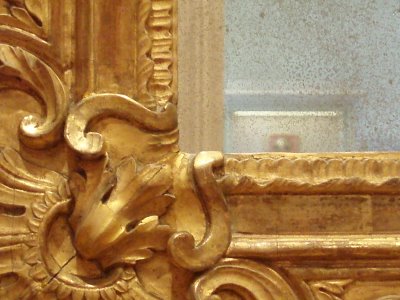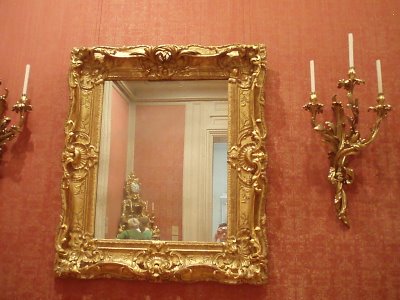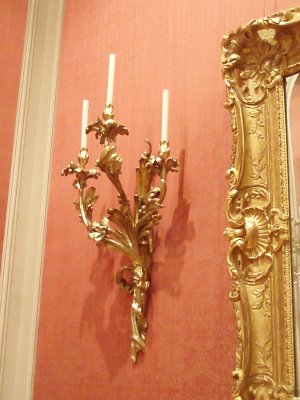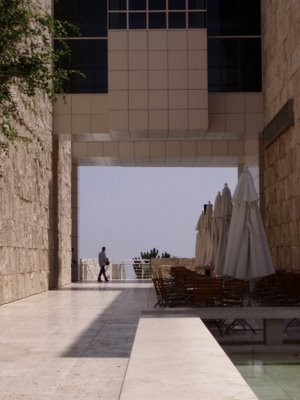Archive for
 Hall, uncertain as to who or where I got this. I love it as an example of contrasts of paint finishes and subtlety. The glossy warmer white trim and panelling with the cooler flat of the wall.
Hall, uncertain as to who or where I got this. I love it as an example of contrasts of paint finishes and subtlety. The glossy warmer white trim and panelling with the cooler flat of the wall.
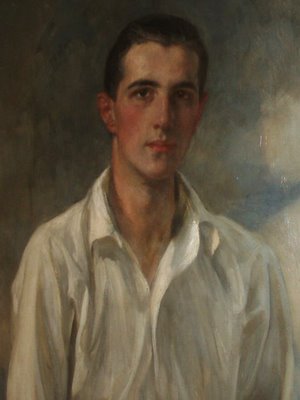
Again contrasts of white with the dark of the background the simplicity of a white shirt. Painting from Center 44, NYC.
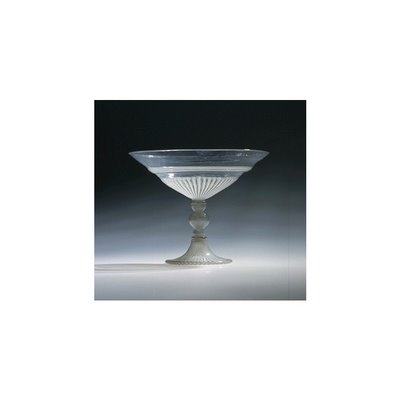 Tazza. Venice. Fillagree glass. 1550-1650. Dimensions: 4.75″ H x 6″ W. What perfect proportions.
Tazza. Venice. Fillagree glass. 1550-1650. Dimensions: 4.75″ H x 6″ W. What perfect proportions.
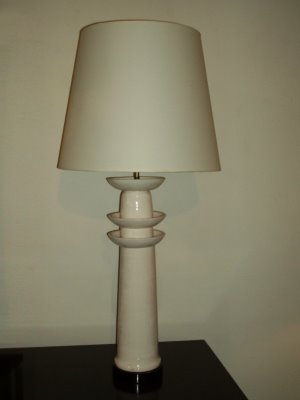
One of a pair. c 1940? I took the picture about a year ago in NYC at a shop on Bond Street. It had just arrived in and I never got the information on it.
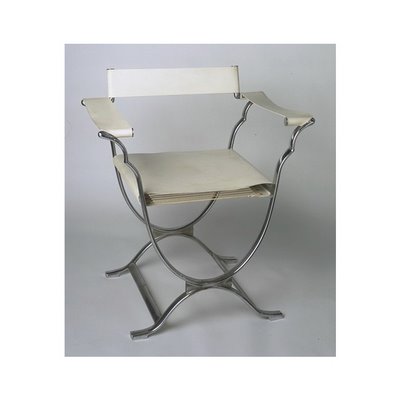 Roman Chair, 1933. By Sir Ambrose Heal, (1872-1959).
Roman Chair, 1933. By Sir Ambrose Heal, (1872-1959).
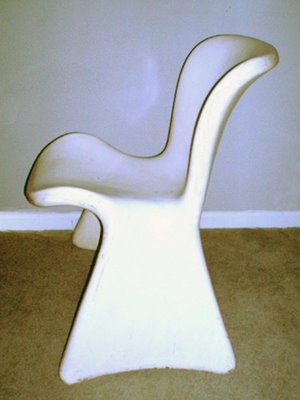 Fiberglass Chair. 1 of a pair. Black and White. These are mine, and I can’t find any information on them.
Fiberglass Chair. 1 of a pair. Black and White. These are mine, and I can’t find any information on them.
Handle from Dorthy Draper bureau. Wood and White Gold.
The connotations of white are quite easy to recognize, but lets remind ourselves: Purity, death, virtue, hope, cleanliness, healing, nothingness, being, peace, absence, good, surrender, horror and unity.
White things I love: Wall to wall bouclé, milk glass, handkerchief linen, porcelain figurines, Marston & Langinger paint color: Canvas
Acanthus as an ornamental motif developed not from nature, but from precedent. The motif developed from craftsperson to craftsperson changing over time and stylized far from the actual leaf, Acanthus mollis.
This frame at the Getty is a fine example of the Acanthus motif.– made by Jean Chérin.
Chérin was unusual because he was one of two who were Guild member of carpenters’ and cabinet makers’ in the mid 1700’s–unusual because dues were high and apprentice time was long. But this is how the frame is identified as it should be stamped on the back with his mark from both guilds.
Update 8/21/12. Book recommendations:
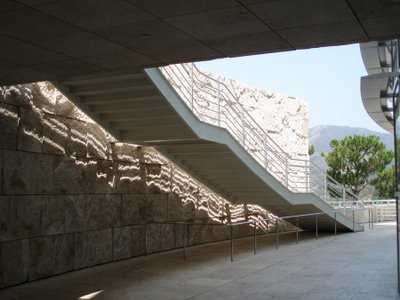
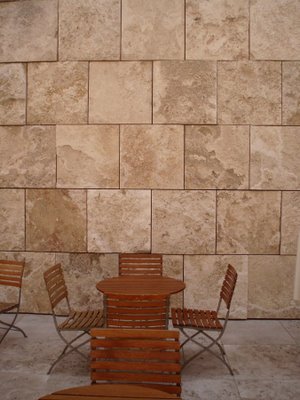
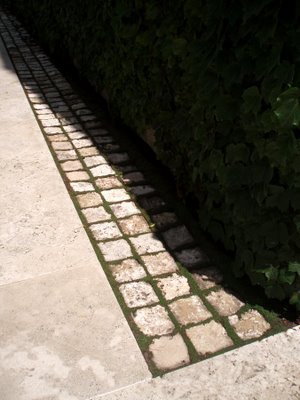
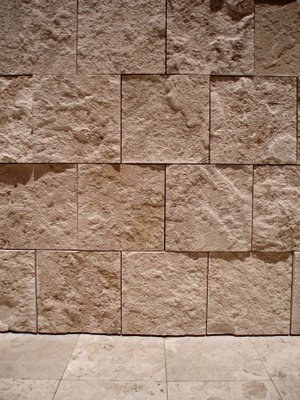
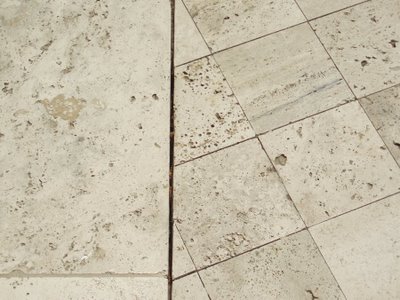
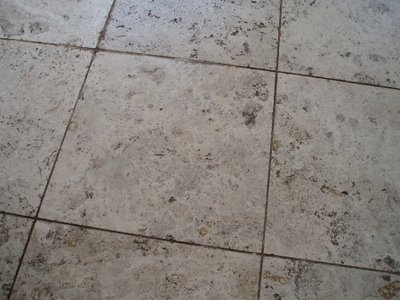 Now that I’ve moved to LA and have some free time, I thought I’d do things that I like to do–like going to the Getty. I went with hopes of taking a tour of the gardens to inspire the landscape of my imaginary home but I missed the tour and not being a huge fan of big concept exhibits, I wandered through looking at some of my favorite decorative objects: beds and frames and porcelain that I will post later. The architecture is in itself is a good reason to visit and here are some of my favorite moments.
Now that I’ve moved to LA and have some free time, I thought I’d do things that I like to do–like going to the Getty. I went with hopes of taking a tour of the gardens to inspire the landscape of my imaginary home but I missed the tour and not being a huge fan of big concept exhibits, I wandered through looking at some of my favorite decorative objects: beds and frames and porcelain that I will post later. The architecture is in itself is a good reason to visit and here are some of my favorite moments. 

